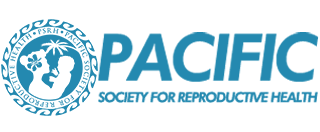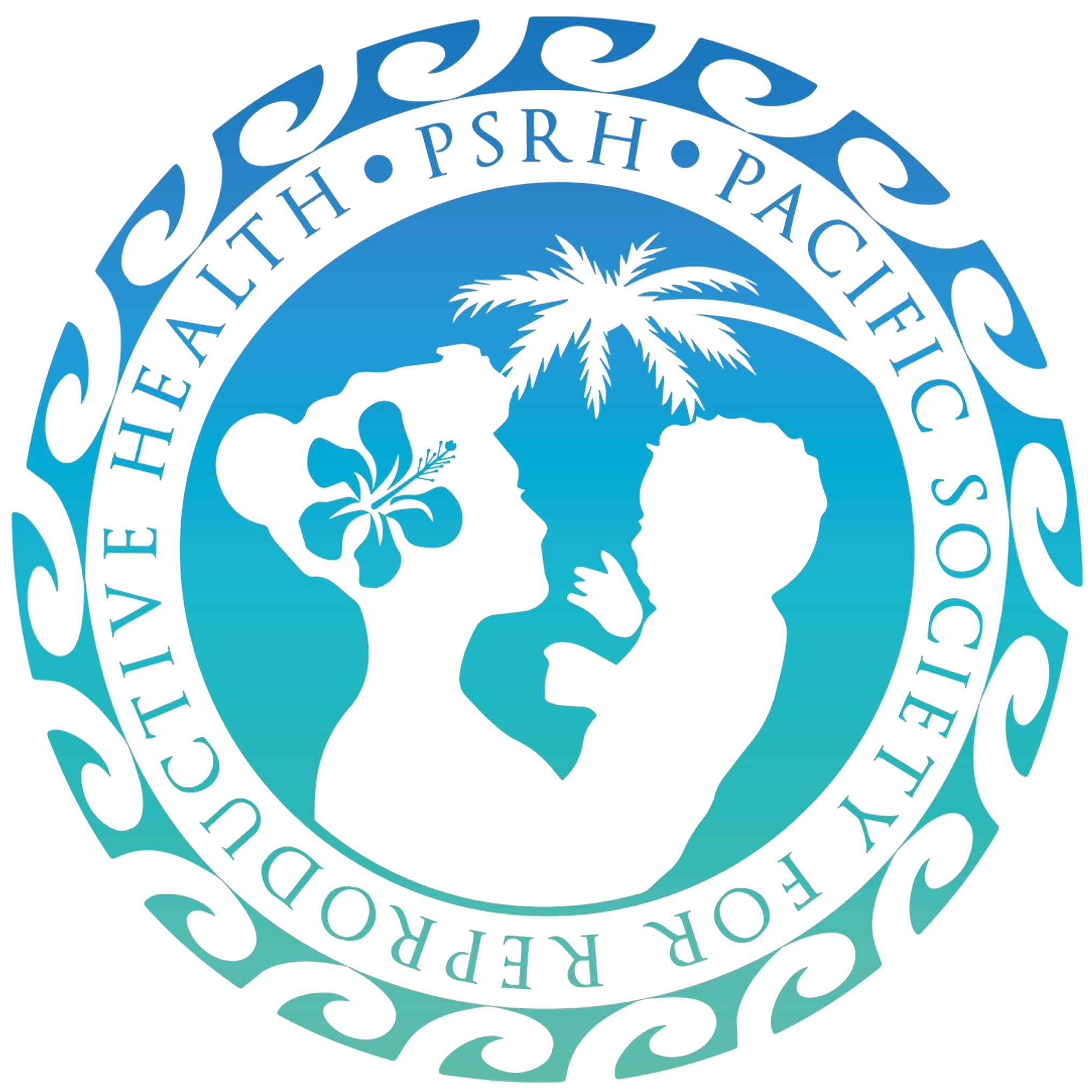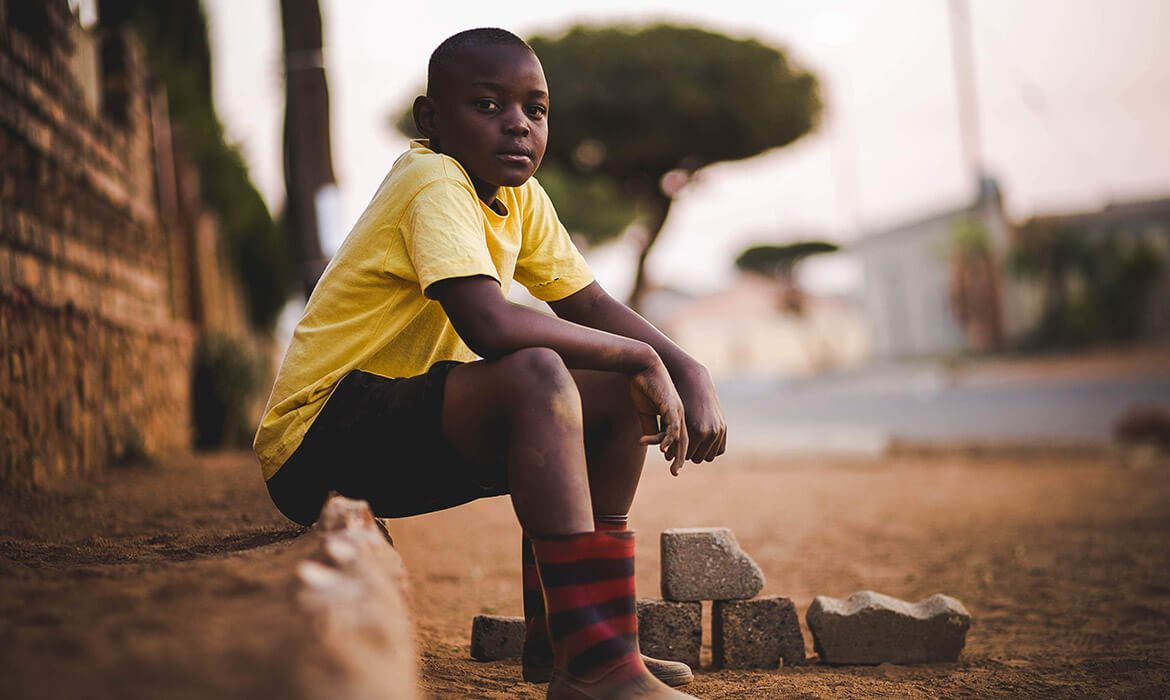
Delegates from the following countries and organisations met in Suva, Fiji on 5-6
December 2019 and agreed the Call to Action below:
Delegates from Papua New Guinea, Vanuatu, Solomon Islands, Kiribati, Federated States
of Micronesia, Fiji and Samoa together with representatives of the Pacific Society for
Reproductive Health, Papua New Guinea Obstetrics and Gynaecology Society, Fiji
Obstetrics and Gynaecology Society, Papua New Guinea Institute of Medical Research,
Cervical Cancer Prevention in the Pacific, The Pacific Community (SPC), VCS Foundation,
Royal Australian and New Zealand College of Obstetricians and Gynaecologists, Kirby
Institute at the University of New South Wales, Family Planning Australia, Australian
Cervical Cancer Foundation, Fiji Cancer Society, Fiji National University, University of
Otago, National University of Samoa and Victoria University. Also present were
representatives of the United Nations Population Fund and the United Nations Children’s
Fund.
We agreed to the following principles:
- We support the global target to achieve elimination of cervical cancer as a public
health problem, noting the current high burden of cervical cancer in the Pacific
and the current lack of adequate vaccination, screening and treatment.
- In line with the World Health Organization (WHO) draft targets for 2030, in the
Pacific our targets are:
- a. 90% of girls are fully vaccinated against human papillomavirus (HPV) by
15 years of age.
- b. 70% of women have had an HPV screening test between 30 – 39 years of
age and a second HPV test between 40 – 49 years of age1.
- c. 90% of women identified with cervical pre-cancer and cancer have
received appropriate treatment and care
- We support the principles of equity in striving for the elimination of cervical
cancer in the Pacific so that no woman or community is left behind.
- We support the principle of meaningful collaboration between Pacific Island
nations in planning, procurement and knowledge sharing.
We are committed to the following actions:
- Raising awareness of cervical cancer in the Pacific and its impact on families and
communities and strengthening advocacy for elimination.
- Vaccination
Exploring funding options including public-private partnerships for ongoing HPV
vaccination in the Pacific.
These two tests should be 10 years apart. Clinically validated PCR based tests should be used.
- Urging Pacific Island governments to include HPV vaccination against HPV onto
existing immunization schedules.
- Screening
Urging Pacific Island governments to transition to the delivery of effective cervical
cancer screening with HPV testing and pre-cancer treatment services.
Consideration should be given to self-collection of vaginal samples in order to
facilitate scale up and acceptability.
- Treatment:
Urging cooperation between Pacific Island Governments to establish a treatment
centre for cervical cancer, including radiotherapy, to act as a referral hub within
the Pacific.
- Workforce:
Assisting Pacific Island governments and training agencies to develop an essential
workforce for the delivery of HPV vaccination, cervical cancer screening and the
management of cervical cancer.
- Registry establishment:
Assisting in establishing an adequate registry to record information about
vaccination, screening and treatment for the prevention of cervical cancer; and
with potential linkage to a cancer registry. This will facilitate follow-up of the
young with incomplete vaccination and women through the screening pathway. It
will also enable robust monitoring and evaluation of vaccination and screening
program performance.
For more information, please email/call any of the following:
Professor Alec Ekeroma, HOD, Department of Obstetrics and Gynaecology,
University of Otago, Wellington, New Zealand. E: alec.ekeroma@otago.ac.nz; M:
+64212767975.
Professor Diana Sarfati, Head of Department, Public Health, University of Otago,
Wellington, New Zealand. diana.sarfati@otago.ac.nz
Professor Marion Saville, Executive Director, VCS Foundation, Melbourne, Australia.
E: msaville@vcs.org.au







